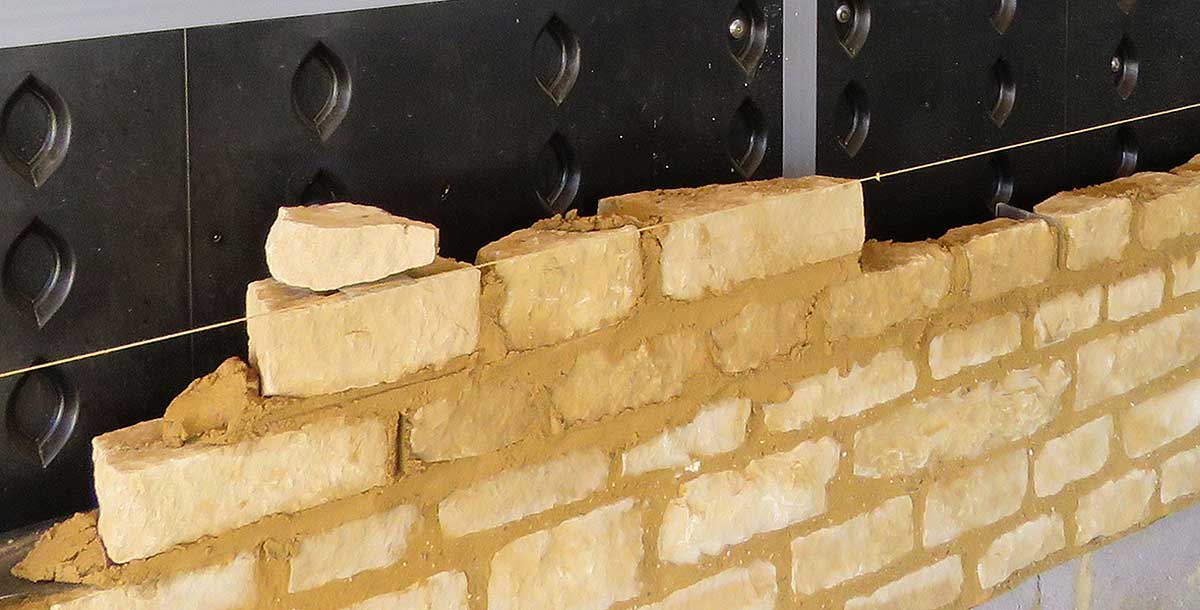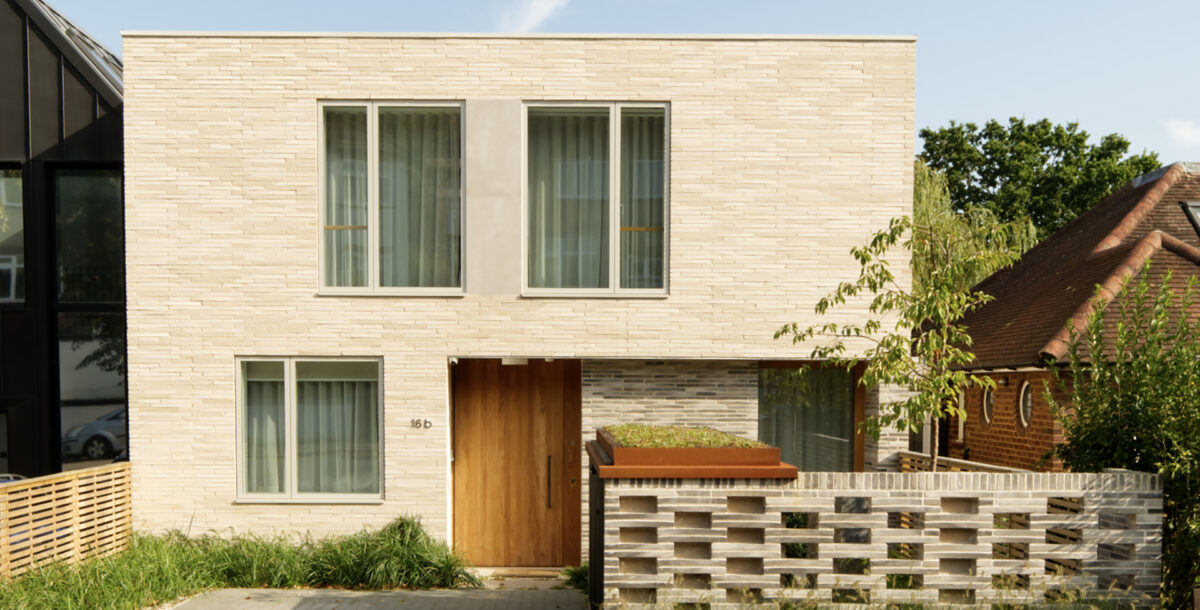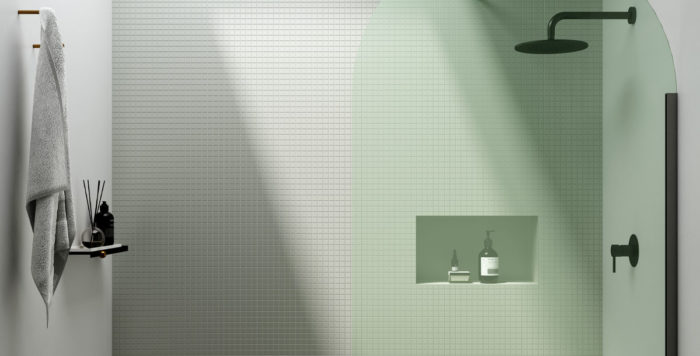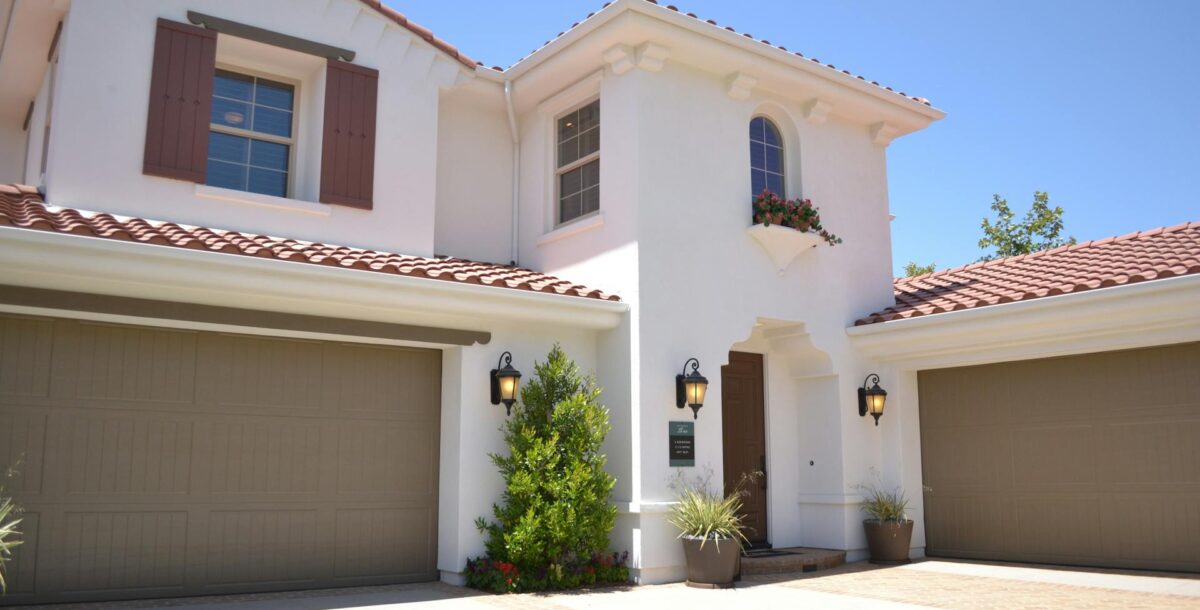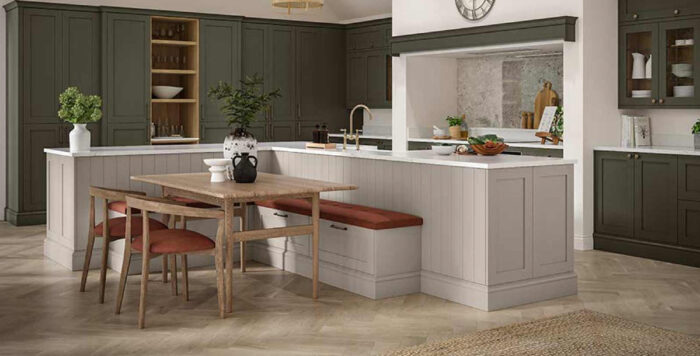Choosing materials for cavity wall construction
Take a fabric first approach and ensure your self build's cavity wall system is the right choice for your project
Getting the fundamentals right is an essential consideration for any self builder when it comes to cavity wall construction. A well-built cavity walls mean a robust thermal envelope for the home, while also preventing overheating, drafts and moisture penetration.
A number of factors contribute to a high-spec cavity wall insulation system, aside from the ability of the builder you employ. Imminent changes to ‘Part L’ of Building Regulations has encouraged a ‘fabric first’ approach, highlighting the importance of using products which promote energy efficiency. Further, other material considerations such as safety, standardisation and climate are also important.
Charlie Ayers, managing director of SureCav, shares his top tips for anyone specifying materials for a cavity wall system.
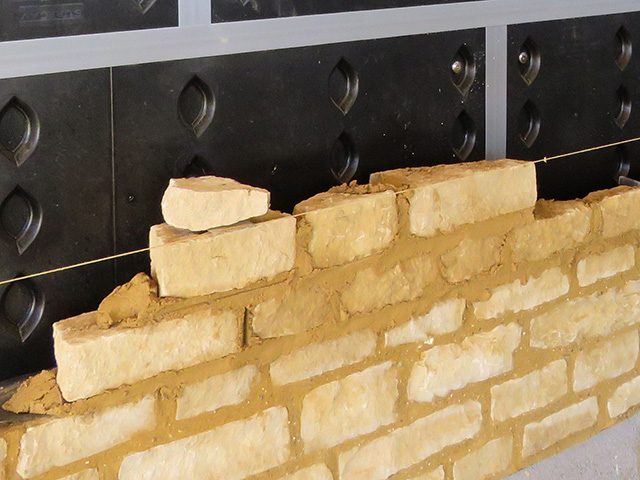
Surecav
Understanding the language
‘U-values’, ‘thermal performance’, ‘Part L’, ‘fabric first’, ‘thermal bridging’… the list goes on. These are all terms familiar to the built environment professional but can be confusing to the layman. However, in order to achieve a cavity wall which keeps you warm in the winter and cool in the summer, it’s important to understand them as it will influence material choices.
Good ‘thermal performance’ is one of the most critical requirements in building construction. Essentially, it relates to the efficiency with which a material retains, or prevents, the passage of heat. This is measured in ‘U-values’, which calculates the rates at which heat passes through a structure, particularly walls, floors and roofing. Ideally, you are looking to attain as low a value as possible, indicating low transmittance and optimal heat retention and regulation.
This dovetails into ‘Part L’, referring to a new regulation to improve a building’s energy efficiency, with the goal to create a carbon neutral society through a better choice of construction materials. It’s a ‘fabric first’ approach, maximising the thermal performance of building products, before mechanical or electrical heating, cooling and ventilation solutions are sought.
Finally, ‘thermal bridging’, the greatest barrier to achieving optimal thermal performance. It describes an occurrence where one or more elements in a building’s envelope make a direct connection between the interior and exterior. Where these materials possess higher thermal conductivity than the rest of the fabric it creates a thermal bridge, allowing heat to rapidly escape.
To put this in context, a small bridge (e.g. steel tie poking through the insulation), can lead to around 30% heat loss. This means more waste and higher energy bills. As this most commonly occurs through poor construction and cheap components, the choice of quality services and materials is essential.
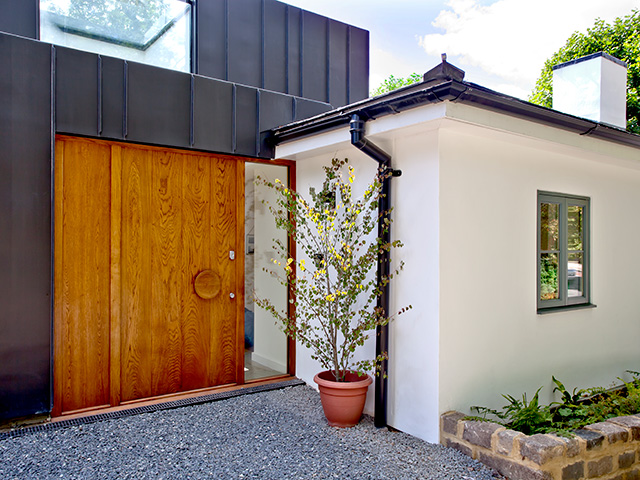
While parts of this project included the renovation of this dilapidated coach house, the original cavity walls lacked ties, meaning the exterior brickwork had to be taken down and rebuilt. Photo: Fraser Marr
How to choose a cavity wall product
There are thousands of building products available on the market so it can be difficult to know what to choose.
Look for official accreditation. Much as you would with the selection of a construction professional, certification from recognised bodies such as BBA, NHBC or BRE will provide assurance that what you purchase has undergone rigorous testing, backing up the manufacturer’s claims.
For further verification, check to see if the product is listed on NBS Source, the official platform for building product manufacturers to share information and up-to-date specification documents. Although the concept of cavity wall construction may seem simple, what you specify for it will have lasting implications for how the home performs, not just thermally, but structurally too.
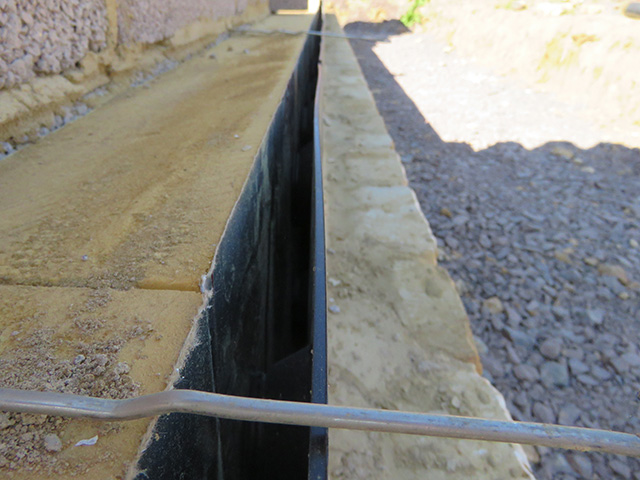
Surecav
Understanding the lie of the land
Ascertain the geographic and meteorological landscape early on. It’s really important to understand weather patterns in your location before you start to build.
Precipitation should be factored in, some parts of the UK experience higher occurrences than others and, this is compounded by regular, aggressive wind. Equally, rainfall and damp weather is increasing nationwide during the autumn and winter months.
Ensuring the cavity is weatherproof is essential, as it’s been proven that even the most solid wall can let moisture in. Once it’s penetrated it’s there to stay.
Moisture in the cavity can lead to many defects including damp, rot and long-term damage to wall ties, wall plates, the frame itself and the joinery. Worse, it can cause structural collapse. This can be avoided by understanding your region’s climate and working with a local builder familiar with your chosen area, using appropriate materials for the job.
Low impact, high performance
A fabric first approach also requires the specification of low-impact materials for the envelope. The drive towards net-zero 2050 applies to all.
Look to build with eco-friendly products, manufactured sustainably. This ranges from 100% recycled plastic components and thin, high-spec insulation (which uses less material) reducing dependency on concrete or adopting timber frame construction.
In today’s eco-aware society, it’s crucial we push for more sustainable practices. I believe we can through smarter and more conscientious specification of cavity wall materials.
The good news is, as the market advances and an understanding around material performance increases, you no longer have to compromise on any essential requirements. Self-builders can be assured that materials exist which can achieve cavity walls built to the highest-spec, delivering safety, strength, comfort and long term value.

